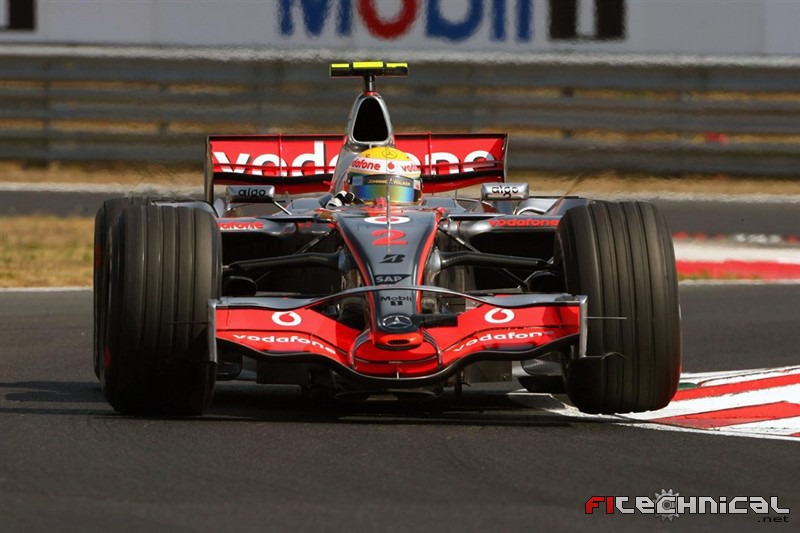The tire usage regulations are relatively unchanged, and they can be found at the FIA website for sporting regulations.
http://argent.fia.com/web/fia-public.ns ... 2-2009.pdf
Article 25.5
c) Prior to the start of the qualifying practice session intermediate and wet-weather tyres may only be used after the track has been declared wet by the race director, following which intermediate, wet or dry-weather tyres may be used for the remainder of the session.
d) Unless he has used intermediate or wet-weather tyres during the race, each driver must use at least one set of each specification of dry-weather tyres during the race.
But obviously, the fuel regulations have changed the game. What that means to me is not only no more refuelling rigs and mishaps, but interestingly, the need for quick wheel changes becomes critical. Up until now, in almost every pit stop, the time to refuel was the critical factor, and it was relatively easy to change tires. If you could change tires consistently and within a set time, it didn't matter.
But now, when a car pits, the tire changers will be on the line, and every fraction of a second will be important. Because of that, tire changing will probably receive a boost in evolution, and hopefully some innovations. For instance, Ferrari experimented with a weird traffic light system in place of the lollipop man, and in theory it should deliver quicker times. But things sort of went wrong a few times, and we haven't seen it again. Expect it to return.
Having the frisbees banned helps remove one potential obstacle and problem.
Also, the actual method of securing and removing the tires is pretty constant, one nut per wheeel, with a locking mechanism. I expect some teams to try something different. Although there are no requirements in the technical regulations for locking the wheels, as in the case of Alonso last year, having a wheel come off the car brings the entire team under the glaring and unmerciful gaze of the FIA's safety policy.
I examined the fuel regulations, and unless I'm off the mark, any cars that make the final qualifying session cannot add fuel after Q3. So the tanks have to accomodate this extra fuel requirement. This may be some opportunity for someone, if they can find a loophole or way to work around this problem.
I have no idea how this new set of regulations will affect strategy, but for sure, it opens up an environment for innovation and change.
Racing should be decided on the track, not the court room.




